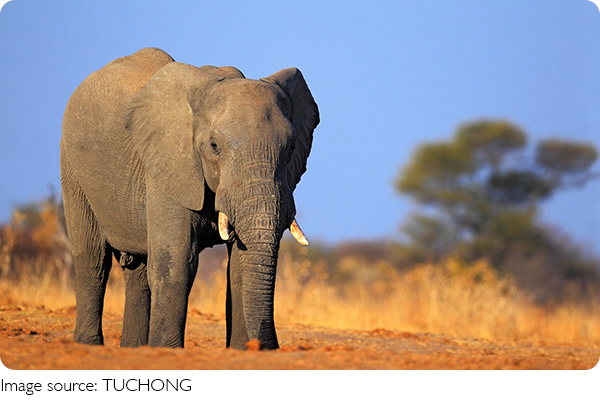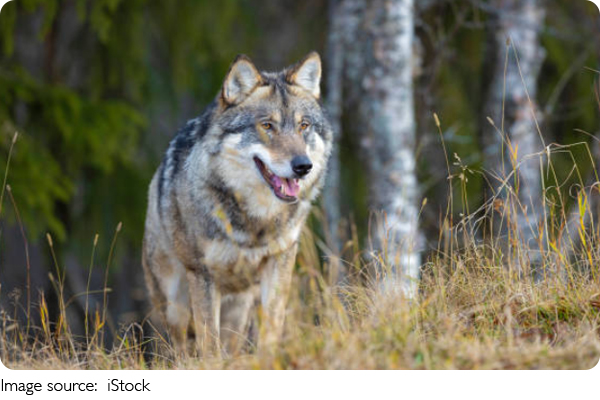Healing Wildlife, One Life

Hi Lykkers! Every day, wild animals are injured by cars, power lines, storms, or simply by being too close to humans. When they’re hurt, confused, or orphaned, they can’t just walk into a hospital. That’s where wildlife rehabilitation centers come in—quiet heroes working behind the scenes to rescue, treat, and return animals to the wild where they belong.
In this guide, we’ll explore how these centers operate and why their work is so important for wildlife and ecosystems. You’ll learn what goes into rescuing a fox, patching up a pelican, or raising an abandoned fawn—and how you can help, even if you're not a wildlife expert. Let’s take a look at these amazing spaces of recovery and hope.
Part 1: Inside a Wildlife Rehabilitation Center
Let’s take a peek behind the scenes. These centers may not always be open to the public, but they’re filled with life, care, and dedication.
What Happens When an Animal Arrives?
Most animals come to a rehab center because someone spotted them in distress—maybe a bird tangled in netting or a squirrel hit by a car. Once the animal arrives, trained staff or volunteers assess the injury, provide emergency care, and begin the process of stabilization.
You might be surprised by the range of care provided. From X-rays and surgeries to hydration and nutrition plans, every step is designed with the goal of recovery and return to the wild. The center’s priority is not to tame but to heal and release.
Specialized Care for Different Species
Every animal has unique needs. A turtle recovering from a cracked shell needs quiet space and a clean water tank. A baby owl requires silent feeding routines to prevent imprinting on humans. And deer or foxes need enclosures that mimic the wild, so they don’t lose their natural instincts.
Rehab teams carefully monitor animals every day—adjusting their diets, treatments, and environments. Many centers also work with veterinarians or wildlife biologists to make sure the care is species-appropriate and ethically sound.
Not Every Animal Can Be Released
Sometimes, an animal’s injury is too severe for a full recovery. In these cases, the center may find a permanent home in an educational setting—or, when necessary, make the kindest decision to end suffering. The aim is always what’s best for the animal, not just what feels good to humans.

Part 2: How You Can Support and Get Involved?
You don’t need to run a rehab center to make a difference. There are lots of ways to support this life-saving work, and some might surprise you.
Learn What to Do (and What Not to Do)
First things first: know how to act if you find a wild animal in distress. Don’t feed, bathe, or try to keep it as a pet. Instead, call your local wildlife rehab center and follow their advice. Many animals die from well-meaning but harmful attempts to help.
If you’re not sure whether an animal is truly in trouble, ask. Centers often have hotlines or online resources to help you decide. A baby bird out of the nest might not need help—but a limping raccoon probably does.
Volunteer or Donate Locally
Wildlife rehab centers are often small, nonprofit organizations running on tight budgets. They need supplies, volunteers, and donations. If you have free time, offer to help clean enclosures, prep food, or transport animals. If you’re short on time, even a small donation goes a long way toward medicine, food, or bedding.
Some centers also need help with admin tasks, education programs, or social media—so you don’t have to handle animals to contribute.

Spread the Word and Protect Habitats
Another way you can help is by sharing the message. Many people still don’t know these centers exist or how vital they are. Support local conservation laws, speak up for wildlife-friendly policies, and educate your community about coexisting with nature.
Simple steps like driving slower in wildlife zones, keeping trash secured, or planting native flowers can prevent injuries before they happen. That’s the best kind of support—stopping harm before rescue is ever needed.
So Lykkers, wildlife rehabilitation centers may not be flashy, but their work is nothing short of heroic. They rescue, heal, and release animals that would otherwise be lost—and they do it quietly, every single day. By learning how these centers work and finding ways to support them, you're becoming part of a powerful cycle of compassion and care.
-
 Do Octopuses Dream?Scientists Captured Shocking Footage—What Happens While They Sleep Will Amaze You!
Do Octopuses Dream?Scientists Captured Shocking Footage—What Happens While They Sleep Will Amaze You! -
 "Kneading" Behavior of CatsWhy Are Cats Doing This Strange “Kneading” Motion? Vets Reveal the Startling Truth Behind It!
"Kneading" Behavior of CatsWhy Are Cats Doing This Strange “Kneading” Motion? Vets Reveal the Startling Truth Behind It! -
 World's Laziest AnimalsShocking Truth! These Animals Barely Move—One Sleeps 22 Hours a Day Without Guilt!
World's Laziest AnimalsShocking Truth! These Animals Barely Move—One Sleeps 22 Hours a Day Without Guilt!